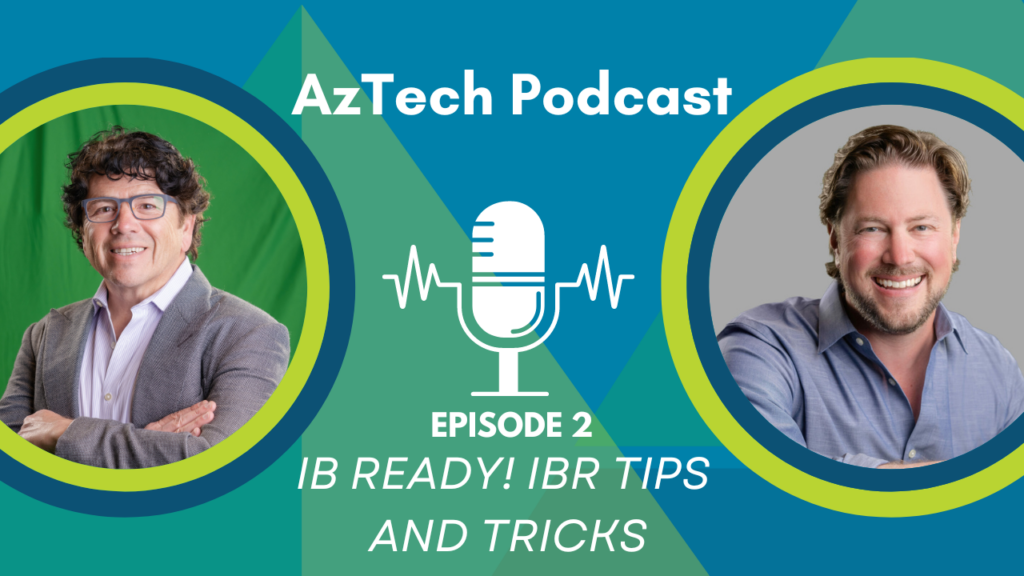The Power of EVM Performance Transformation: 7 EVM Innovations That Transform Project Performance and Delivery

In the ever-evolving world of project management, Earned Value Management (EVM) teams are constantly seeking new tools and approaches to improve execution with fewer resources and newer team members. However, many teams simply jump on the latest EVM innovation trend and implement the most exciting new tools and technologies without deeply considering how they align with the people and processes those tools are supposed to benefit.
In this respect, it is vital to ask:
- What are the goals behind any desired changes?
- Which people, processes, and existing tools do the changes impact?
- Is there broad support for the changes?
- Do you have real and accurate data to show that the changes will bring a positive result?
Answering these questions beforehand helps teams achieve the positive performance transformation they seek.
While keeping these vital questions of alignment in mind, let’s discuss seven key EVM innovations and their potential to transform earned value project performance and delivery in 2023 and beyond.
1. Improvements to Culture & Environment With IP2M METRR
Arizona State University (ASU) and the US Department of Energy (DOE) Office of Project Management (PM-30) collaborated to develop a new EVMS assessment approach called IP2M METRR (pronounced “IP2M Meter”), which stands for Integrated Project/Program Management (IP2M) Maturity and Environment Total Risk Rating (METRR). This tool evaluates organizational culture plus environmental factors and their impact on effective PM.
IP2M METRR focuses on four primary environmental categories for teams to improve, including culture, people, practices, and resources. Each category breaks down into 27 Environmental Factors (EFs), defined by “effectiveness criteria.” Ultimately, the IP2M METRR tool provides clear and actionable data on areas where teams are and are not measuring up in terms of culture and environment.
2. Data-Driven EVM Visualizations with Power BI & Machine Learning Technology
Data-driven EVM visualization tools — such as Power BI — have revolutionized the way we view data. Business intelligence tools now include powerful technology, such as machine learning and artificial intelligence. These enable users to ask questions about their data using natural language prompts.
Users can ask questions like, ‘Why is my program late?’ and ‘Which tasks are driving delays?’ or ‘Where are we overrun and what can we do about it?’ They then receive actionable insights, beautiful graphs, interactive data visualizations, and clear ideas for tackling their hardest problems. This opens up a whole new world of EVM innovation through swift analysis with actionable information.
3. High-Speed Writing, Research, Text-Generation, and Analysis With ChatGPT-Like Tools
AI has been the talk of the town for a few years now, but with the release of ChatGPT, we are seeing powerful, state-of-the-art AI in the hands of the average user. What does this mean for project management?
ChatGPT and similar text-based, natural language, generative AI systems represent a revolution in how we learn and how we question data and information. It’s also freeing talented project team members from “busy work” and allowing them to focus on the root causes of delays or cost overruns. This puts the focus on corrective action, rather than simply on analysis. The future of tools like ChatGPT and their impacts on project management is beyond our imagination. However, we can already see how they will help EVM teams conquer workflow delays and achieve the EVM speed and performance transformation required to meet performance targets.
4. Data-Driven Assessments for a Performance-Based Understanding of Programs & Tasks
Data-driven assessments have been popular for years, but there is room for innovation in terms of creating composite metrics that benefit EVM teams. These data-driven assessments would be similar to efficiency ratings on appliances and the now familiar Environmental Protection Agency (EPA) car stickers .
In the world of EVM, composite metrics like this provide instant insights for project management experts — allowing them to immediately evaluate the “efficiency rating” of a specific program or task. Strategies like this allow teams to pinpoint areas of concern, identify control accounts needing attention, and where teams can focus their efforts to achieve the greatest improvements in performance and compliance. This concept lies at the core of what AzTech calls “Performance-Driven Compliance.”
5. Boosting Collaboration With Slack, Google, Teams, Zoom, Smartsheet & Monday.com
New collaboration tools like Slack, Microsoft Teams, Zoom, Smartsheet, and Monday.com are transforming how project teams work together. These platforms enable quick communication, video chats, instant huddles, webinars, reminders, and even bots to assist with tasks. This technology is particularly beneficial in the way that it empowers organizations to attract and manage a talented workforce that is spread out across the globe.
Finally, these modern, cloud-based collaboration tools offer powerful data integration and data analytics capabilities. This brings the potential to improve progress tracking, status updates, and work forecasting. As these tools continue to evolve, they may eventually replace traditional professional scheduling tools like Microsoft Project and Primavera P6.
6. Skyrocketing the Speed, Efficiency, and Success of Team Training With Virtual Training Approaches
In today’s rapidly evolving project management environment — with remote team members in different parts of the world — there is a growing need for on-demand, remote, and virtual training in project management. This need is driving a shift towards a culture of continuous learning to support the rapid acquisition of highly specialized skills.
The innovative tools enabling rapid virtual training like this include chatbots, videos, podcasts, and other media. These tools provide key information and training in digestible bites of information. They also make learning more engaging, memorable, fun, and “sticky.” This ensures better retention of knowledge across various industries.
7. Accelerating Acquisition with AFWERX Rapid Prototyping
In recent years, the DOD has been focusing on accelerating acquisition. In doing so, it has been exploring innovative approaches — like the US Air Force’s AFWERX Rapid Prototyping — to speed up the entire process of project conception, prototyping, development, and deployment. Through the implementation of new technologies that support parallel processes, compressed timelines, and rapid acquisition both government and private project teams are achieving dramatically faster deliveries that are more on-spec, on-budget, and on-schedule than ever before.
Conclusion
Each of the seven innovations that we discussed in this article holds its own power. However, their true advantages become apparent when teams combine these innovations into a cohesive, unified solution that integrates the people, tools, and processes they are supposed to benefit. Moreover, projects benefit even more when team members receive the training to reap the most benefit from a new technology or approach.
Once implemented, the new approach can improve processes in ways that draw and engage emerging talent, enable small and medium businesses to showcase their designs and prototypes and remove silos that undermine projects. This is EVM innovation at its best.
What innovations have your EVM teams implemented in recent years? Were they successful? Send us an email and let’s talk shop!
Subscribe to our Newsletter:





